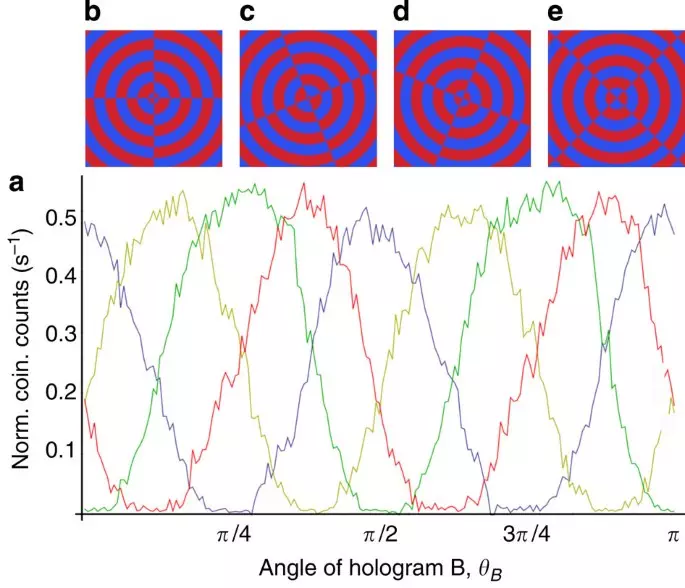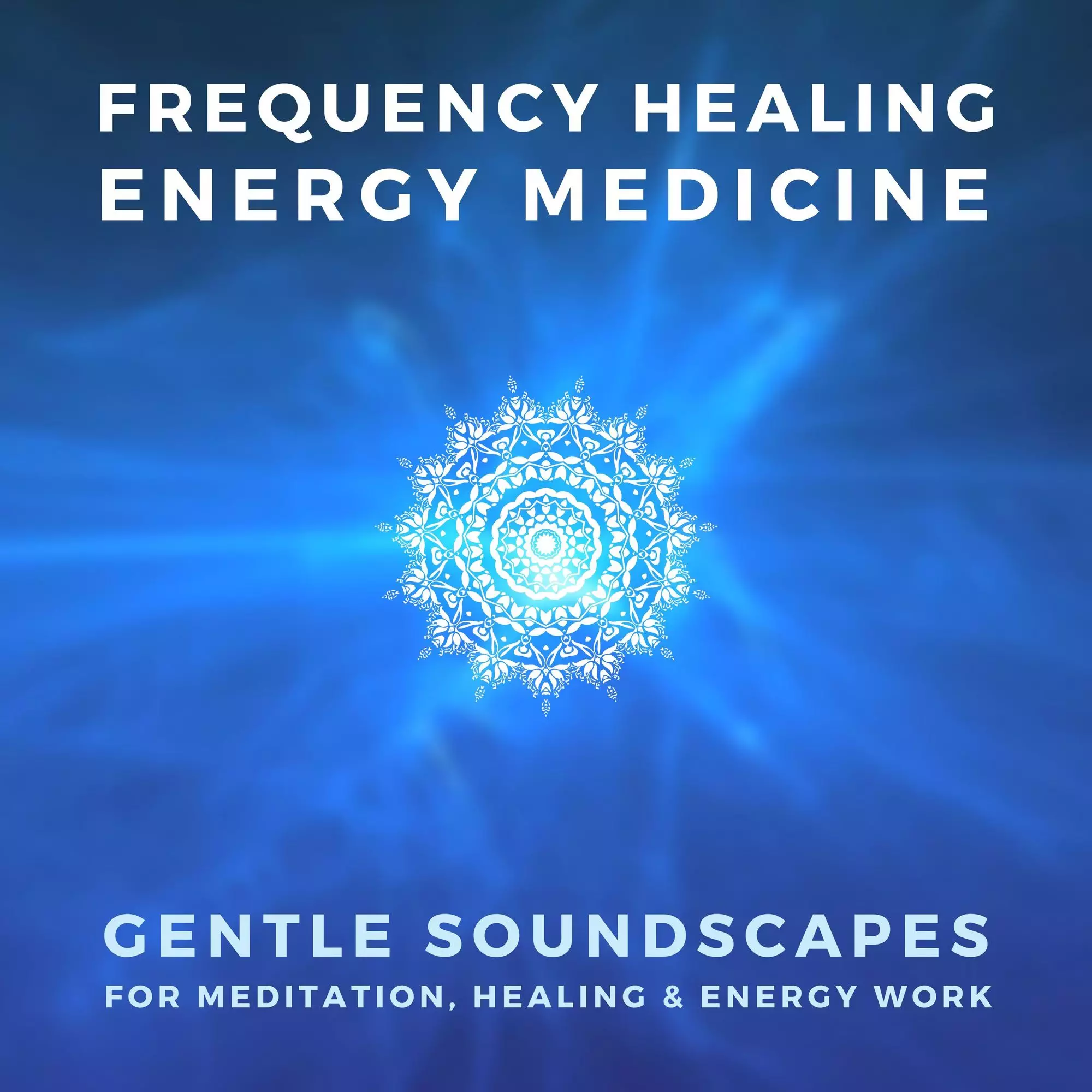Biohacking Supplements

Biohacking involves making simple adjustments to improve health through small changes that make a big difference, whether that means improving cognitive function and focus or increasing VO2 max through zone 2 training and breathwork. Supplements like nootropics and adaptogens may also play an integral part of this movement.
Other biohacking techniques include nutrigenomics, which uses DNA testing to guide dietary decisions, and elimination diet. Beta glucan, known for its immunity-enhancing effects, is another biohacking supplement worth exploring.
Nootropics
Nootropics (commonly referred to as smart drugs) are essential tools in biohacker’s toolbox; these substances help improve cognitive functioning in a range of ways, from increasing short-term focus during deadline meetings or fortifying long-term memory. When combined together, their combined effects may even increase cognition beyond that which their individual ingredients would alone.
Nootropics can help maximize potential by working in conjunction with other supplements and lifestyle changes such as exercising more, getting enough restful sleep, intermittent fasting experiments, and prioritizing brain-healthy foods in their diet. Biohackers generally favor natural, clean label supplementation. Keep in mind that the FDA does not regulate supplements like it does prescription drugs; some products may not contain what is listed on their labels – for this reason it is imperative to speak to your physician or registered dietitian nutritionist prior to making significant dietary or supplement changes.
Biohacking has quickly become one of the hottest trends in Silicon Valley, but anyone interested in optimizing their health and performance can reap its benefits. There are various approaches to biohacking; although some techniques can be extreme, most biohacking strategies tend to be simple and affordable. Bryan Johnson of podcast fame employs an aggressive nutritional plan consisting of whole foods diet, intermittent fasting, health enhancing devices and various supplements including his Blueprint Supplement Stack to achieve his results.
Gene editing offers more sophisticated biohacks that may help slow biological aging or enhance specific traits, yet is not yet widely accessible to the general public. Yet this field of research could have an incredible impact on lives in dramatic ways.
Dawn Currin doesn’t take her biohacking efforts as far, but that doesn’t stop her from trying her best to feel and perform at their peak. Currin, 33 years old from Washington D.C. and business analyst by day, uses nootropics to enhance cognitive functioning while relieving anxiety and stress; in addition she supplements with multiple items including Better Way Health beta glucan for immune boosting purposes.
Adaptogens
The body has its own natural way of adapting to physical, chemical and biological stressors. Reducing stress responses as they happen, processing hormones rather than leaving them floating around freely, and restoring physiological equilibrium before stressors begin affecting our health negatively are all hallmarks of healthful living. Adaptogens can assist our bodies in accomplishing all these things, helping us achieve restful sleep, reduce inflammation and build resilience against stressful situations. Adaptogens are natural substances such as herbs or supplements which increase resistance to harmful physical, chemical or biological conditions by normalizing body functions without harming them. Adaptogens include herbs such as ashwagandha (Withania somnifera), licorice root, roseroot and Rhodiola crenulata as well as Eleutherococcus senticosus and Schisandra chinensis; these may come in powder, tincture or capsule form. Some adaptogens can even be found in food products like herbal tea, tonic drinks and even infused foods.
Many biohackers focus on cognitive performance and stress management through diet modification; fasting protocols such as intermittent fasting may be used to optimize metabolism or follow a ketogenic diet to provide metabolic support and brain health benefits. Many also take supplements like nootropics, adaptogens, and antioxidants.
As part of their healthy lifestyles, biohackers prioritize sleeping well, managing stress levels and optimizing energy. They avoid processed and inflammatory foods while exercising regularly – all to achieve greater productivity and wellbeing.
Taken the appropriate supplements is one of the keys to biohacking, so it is vital that high-quality products be chosen. To ensure maximum effectiveness and safety, products manufactured by reputable companies that prioritize quality control should also be prioritized for.
Oz Garcia is a biohacker who assists individuals in reaching their ideal health goals through nutritional Supplements and Peptides, such as nootropics for mental performance enhancement and adaptogens for stress resilience. Additionally, he recommends antioxidants like Glutathione AKA The Master Antioxidant N-Acetyl Cysteine Selenium Milk Thistle for detoxification purposes and body revitalization. Oz keeps in close communication with his clients allowing him to make adjustments as necessary and ensure they’re getting maximum value out of their supplements/Peptides!
Antioxidants
Antioxidants, often found in juices and smoothies, are chemicals which help protect us against oxidation. Oxidation occurs naturally within our bodies as well as externally; for instance it’s what makes iron rust or apples turn brown; antioxidants mop up free radicals which damage cells or kill them altogether; some food sources contain high concentrations of antioxidants, such as goji berries or tomatoes, with others such as dark green vegetables, berries or turmeric offering plentiful sources. Some are made synthetically while others exist naturally such as glutathione or flavonoids in our bodies –
Nutritional supplements are a key part of biohacking. Selecting appropriate nutritional supplements can help enhance focus, address deficiencies and promote organ health – but beware – not all supplements are created equal and can have adverse side effects in certain individuals; to minimize risks it is advisable to work with a qualified Nutritionist or supplement company such as ACES Team.
Though there are numerous buzzy supplements on the market, not all have been extensively evaluated or tested. Many are considered unregulated substances which could potentially be hazardous when taken in large doses; additionally, supplements may alter body chemistry in unexpected ways and might not be safe for everyone.
Biohacking should not be approached with the intent to become the next tech billionaire or extend life indefinitely with magic pills; rather, its goal should be improving performance in everyday activities while taking a holistic approach towards well-being.
Biohacking success lies in setting clear health and performance goals and then taking targeted supplements to support them. Supplements can be an indispensable asset in biohacking arsenal – from nootropics that improve cognitive function to adaptogens that promote stress resilience, antioxidants that protect cells – that can significantly uplift both physical and mental performance. Utilizing top Supplement and Peptide recommendations from Nutritionists like Oz Garcia can open doors of wellness, performance, and longevity within you body.
Probiotics
probiotics may have come up in conversation about constipation or diarrhea, or in an online video promising to boost immunity and ease irritable bowel syndrome (IBS). Probiotics are live microorganisms like bacteria that provide beneficial properties to our health – part of your gut microbiome!
Human bodies contain many microorganisms that help with digestion, metabolic processes and vitamin production. Some strains of bacteria even produce neurotransmitters to influence mood. Enhancing your gut biome through diet, exercise and supplements can improve concentration, stress response, immunity, digestion and nutrient balance.
There is an array of probiotics available, ranging from fermented products and yogurt to some dietary supplements. To ensure you get a high-quality product with enough colony-forming units (CFUs). Supplement Facts labels on supplements will list total weight, but to get maximum benefit it’s wiser to also look at CFU counts; generally speaking, more CFUs equal greater benefits.
As well as supporting digestive function, some probiotics may help produce or encourage existing gut microbes to produce neurotransmitters such as oxytocin, GABA, dopamine, serotonin, noradrenaline and acetylcholine that assist with memory, motivation, focus and creativity. Some probiotics may even boost immunity or help prevent cancer.
But there’s good news – upgrading your gut biome is simpler than you think! All it takes is eating a varied diet, getting plenty of restful sleep, and supplementing with high-quality probiotics. When starting any new supplements or medications, always seek advice from a qualified health care practitioner; they will recommend an optimal dose that fits within research guidelines, and how best to store your probiotics (some require refrigeration while others don’t). For optimal results, an ideal health care practitioner would also review your bloodwork results and genetic test results in order to customize wellness plans tailored specifically towards you and you.





